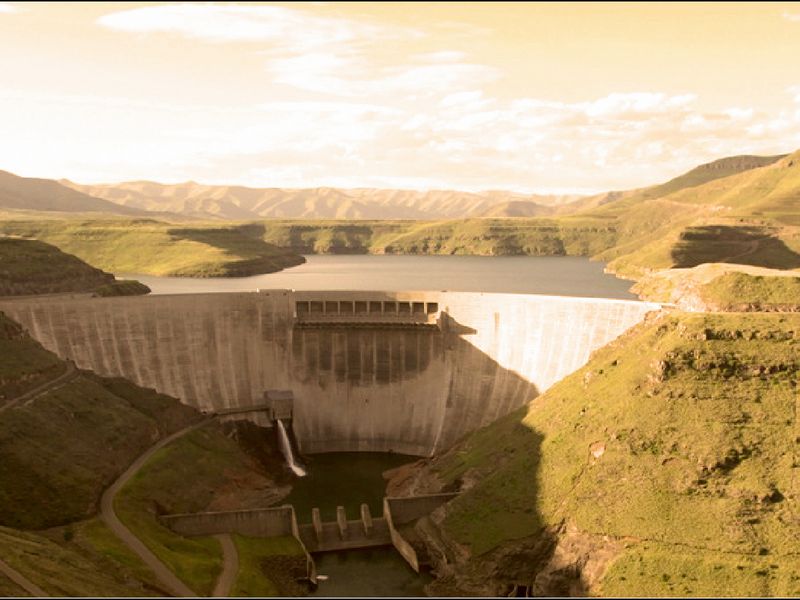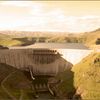Omdel Dam:Compiling a water balance model for the Omdel Dam and aquifer system
Disziplinen
-
Umwelt & Nachhaltigkeit
-
Water Supply
Gesellschaften
Dorsch International Consultants
Auftraggeber
NAMWATER
Dauer
Von 2012 bis 2012Projektleistungen
Inflows, outflows and spills of the Omdel Dam as well as the volumes available for the artificial recharge of the aquifer downstream were calculated. Since the regional hydrology of the Omdel catchment area was characterized by highly variable rainfall and subsequent surface runoff events, the model calculated a water balance using stochastic inflow sequences. These sequences were generated using the observed and/or synthesized monthly inflow record to the Omdel Dam. The model was then used to:
- Calculate releases, evaporation, infiltration and spills on a monthly, yearly and any longer period
- Predict the magnitude and probability of releases and infiltration at various sites of the system on a yearly timescale
- Simulate the losses between the dam and the infiltration sites
- Optimize the operation of the system by analysing the effects of release rates and duration of settling periods on evaporation and infiltration
Kontakt
Dorsch International Consultants GmbH
München (Headquarters)
80687 München
Germany
Tel.: +49 89 5797-0
Fax: +49 89 5797-800
E-Mail: info@dorsch.de
Beschreibung
The Omdel dam and aquifer system on the Omaruru River is the main source of potable water supplying the towns of Henties Bay, Swakopmund and Arandis, as well as the Rössing and Langer Heinrich mines. NamWater had been extracting water from the Omdel Aquifer through around 42 production boreholes situated just outside the current active river channel. The groundwater abstraction volume from the Omdel Aquifer, at the time of the project, was prescribed in a permit by the Ministry of Agriculture, Water and Forestry.
This project determined the sustainable yield of the Omdel Dam and Aquifer system by a water balance model which in turn enabled the Ministry to set the correct abstraction limit in its permit.
The project generally addressed water scarcity by increasing water-use efficiently across all sectors and ensuring sustainable withdrawals through:
- Determination of the volumes of water available for the artificial recharge of the Omdel Aquifer from the Omdel Dam
- Supporting sustainable water resource management of the Omdel Aquifer

